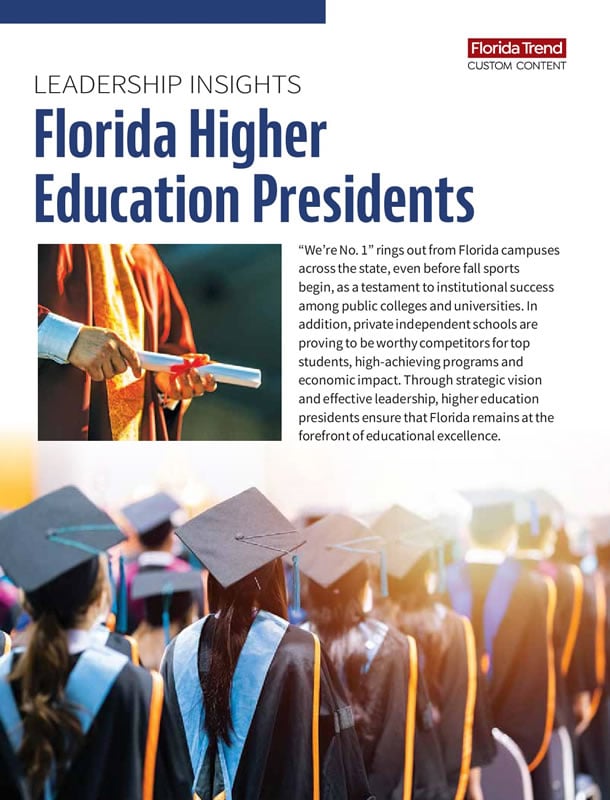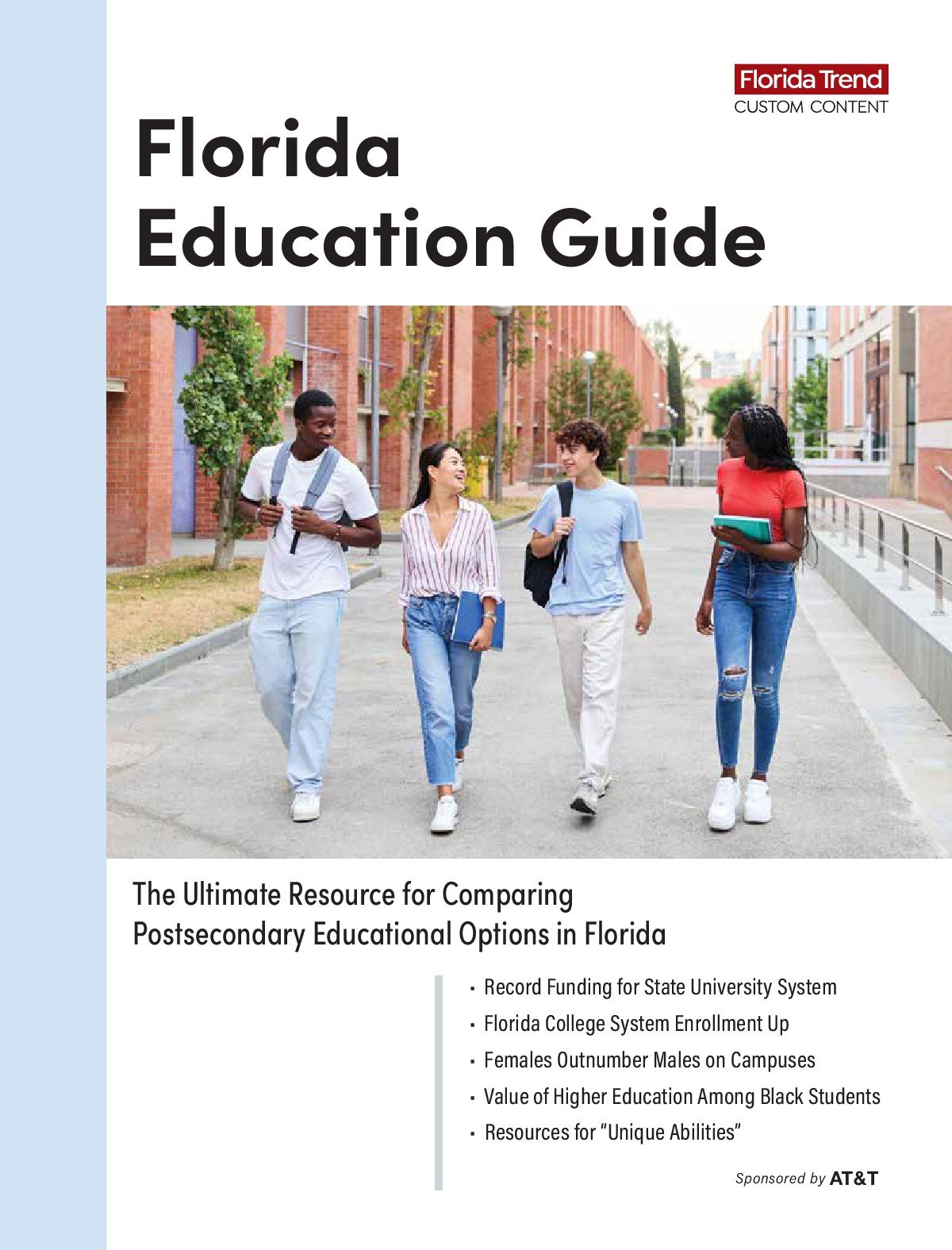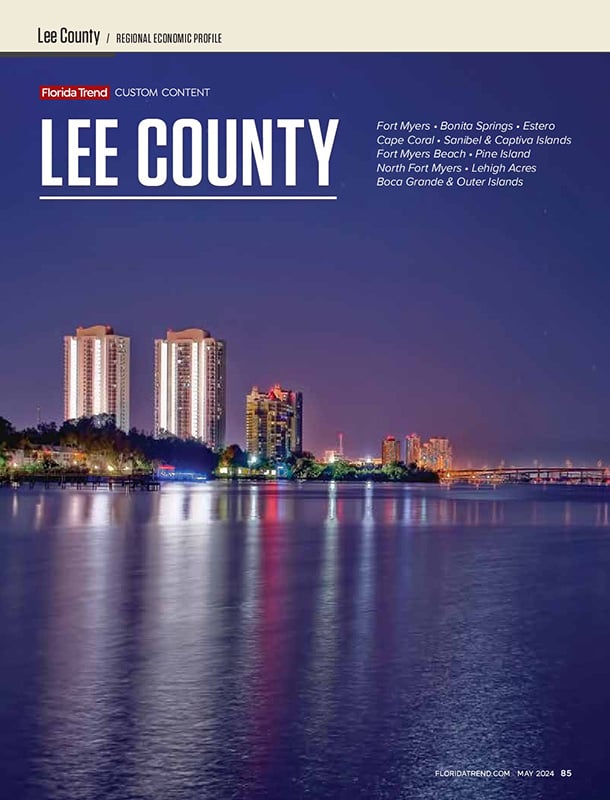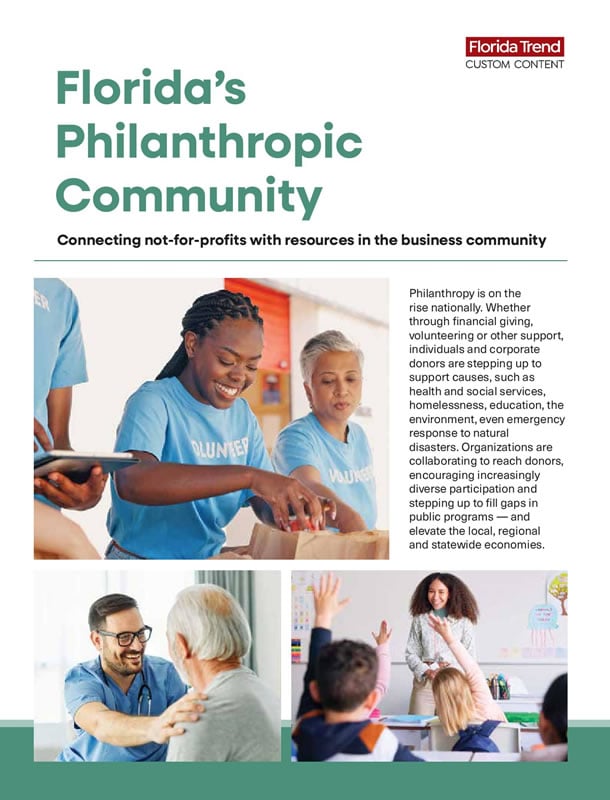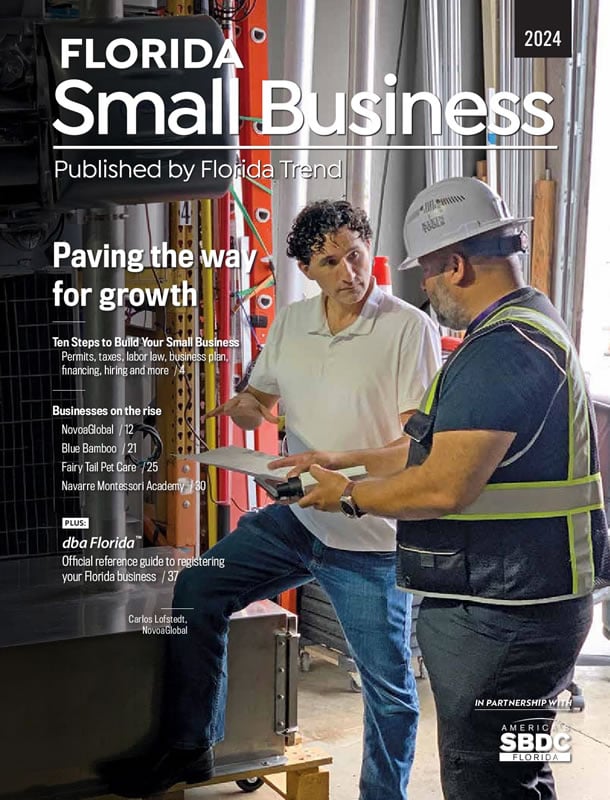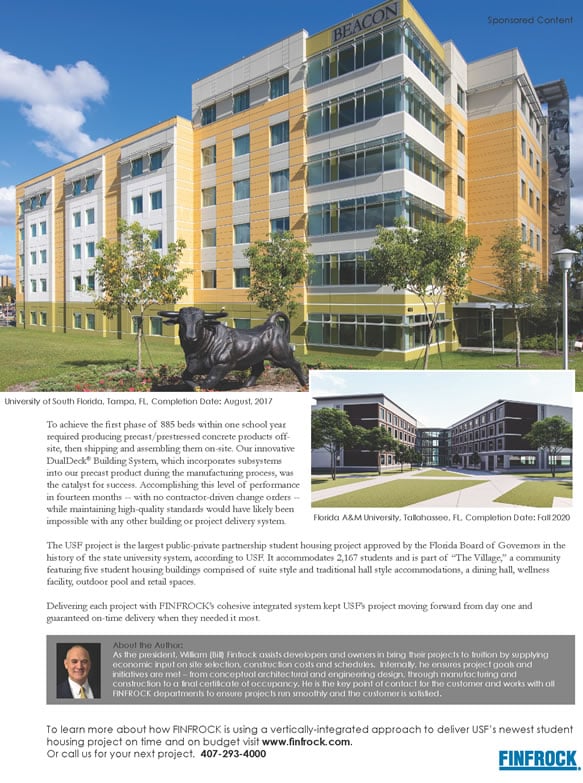Many carriers limit the length of your text message, but shooting for somewhere in the vicinity of 150 characters is a good guideline to follow. I frequently receive text messages from Tropical Smoothie, and both Dunkin’ Donuts and McDonald’s have had a great deal of success using this tool in their marketing campaigns.
There are many companies out there that will help you use SMS, and the gold standard is MessageMedia, which boasts more than eight thousand business and government customers. SMS services make text messaging a fairly easy process. Simply provide the cell numbers and the message, and the SMS service will deliver your message to your customers. You can pay per message, but a newer approach involves the use of teaser messages that ask recipients to reply if they want more information. In these cases, some firms only charge for the second message, which shows that the customer has responded.
So many people think that only the younger generations use text messaging, but it is quickly spreading throughout the entire customer base. Younger generations are still using text messaging much more than baby boomers — Nielsen Research found that teens and young adults send an amazing three thousand text messages a month; however, the total usage of text messages has nearly tripled each year with all generations using this application. The latest data I saw showed that there are more than three billion text messages sent every day. Additionally, for most customers, text messages are generally looked at before email messages.
One of the best uses of text messaging that I have seen is by restaurants that send customers the same evening’s drink specials. Text messaging is most valuable when applied to consumer decisions that can be made quickly and do not involve large amounts of money. I would never think a Rolls Royce dealer would send out a text announcing a sale on cars, but McDonald’s offering a half-priced Big Mac via text message would make perfect sense.
When using text messaging, there are a couple of issues to be conscious of. It is vital to get your customers to agree to receive the text message or have an opt-in agreement. Additionally, you should limit the use of this tool to only those cases when you have something of real value to offer your customers.
Now go out and see if text messaging makes sense for your business. If it does, then develop a plan for implementing this very effective tool.
Jerry Osteryoung is the Director of Outreach of the Jim Moran Institute for Global Entrepreneurship in the College of Business at Florida State University, the Jim Moran Professor of Entrepreneurship; and Professor of Finance. He was the founding Executive Director of the Jim Moran Institute and served in that position from 1995 through 2008. He can be reached by e-mail at jerry.osteryoung@gmail.com or by phone at 850-644-3372.





